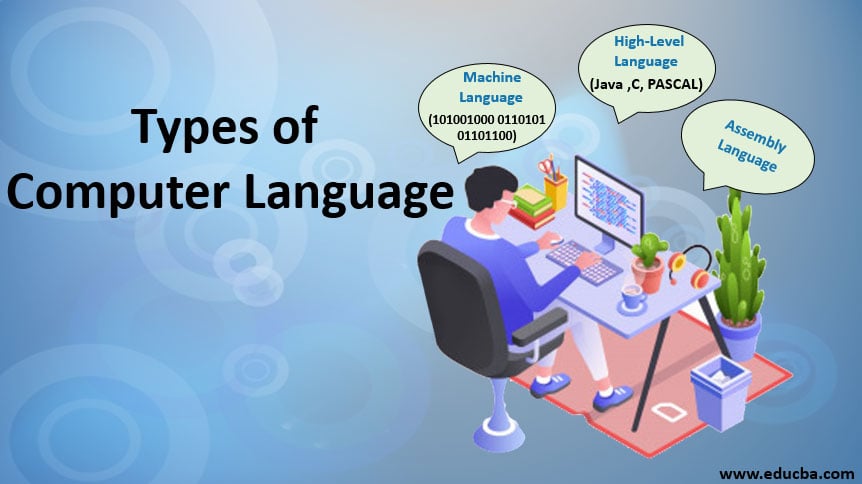Types of Computer Language

Computer languages, also known as programming languages, are used to communicate instructions to computers. There are various types of programming languages, each serving different purposes and catering to specific needs.
Here are some broad categories of Programming Languages:
-
Low-Level Languages:
- Machine Language: This is the lowest-level programming language, consisting of binary code that directly communicates with the computer's central processing unit (CPU).
- Assembly Language: A low-level language that uses symbolic representations (mnemonics) of machine code instructions, making it more human-readable than machine language.
-
High-Level Languages:
- Procedural Languages: These languages follow a step-by-step approach and use procedures or routines to execute tasks. Examples include C, Pascal, and Fortran.
- Object-Oriented Languages: These languages are based on the concept of objects, which encapsulate data and behavior. Examples include Java, C++, and Python.
- Functional Languages: Focus on mathematical functions and avoid changing state or mutable data. Examples include Haskell and Lisp.
- Scripting Languages: Lightweight languages often used for automation and rapid development. Examples include Python, Ruby, and JavaScript.
- Database Languages: Designed for interacting with databases. SQL (Structured Query Language) is a common example.
-
Domain-Specific Languages (DSLs):
- Markup Languages: Used to annotate text with additional information, often for document formatting or data interchange. Examples include HTML (for web pages) and XML.
- Stylesheet Languages: Define the presentation of documents, such as CSS (Cascading Style Sheets) for web pages.
- Query Languages: Designed for querying databases, such as SQL.
-
Parallel Languages:
- Languages for Parallel Computing: Designed to take advantage of parallel processing capabilities in modern computers. Examples include MPI (Message Passing Interface) and OpenMP.
-
Scripting and Interpreted Languages:
- Scripting Languages: Executed by an interpreter rather than a compiler. Often used for automating tasks. Examples include Python, Perl, and Ruby.
- Interpreted Languages: Code is executed line by line, without the need for compilation. Examples include Python, JavaScript, and PHP.
-
Compiled Languages:
- Compiled Languages: Code is translated into machine code before execution. Examples include C, C++, and Fortran.
- Just-In-Time (JIT) Compiled Languages: Combine elements of interpretation and compilation. Code is translated at runtime. Java is an example.
-
Logic-Based Languages:
- Prolog: A logic programming language commonly used in artificial intelligence and natural language processing.
-
Markup Languages:
- HTML (Hypertext Markup Language): Used for creating and structuring web pages.
- XML (eXtensible Markup Language): Designed for data interchange and structuring documents.
-
Assembly Languages:
- x86 Assembly, ARM Assembly: Specific assembly languages for different CPU architectures.
-
Educational Languages:
- Scratch: Designed for teaching programming concepts to beginners through a visual, block-based interface.
- Logo: Originally designed for educational purposes, known for its turtle graphics.
These categories represent a broad classification, and within each category, there are numerous specific programming languages, each with its strengths and use cases. The choice of a programming language often depends on the specific requirements of a given project or application.
Thank you.
